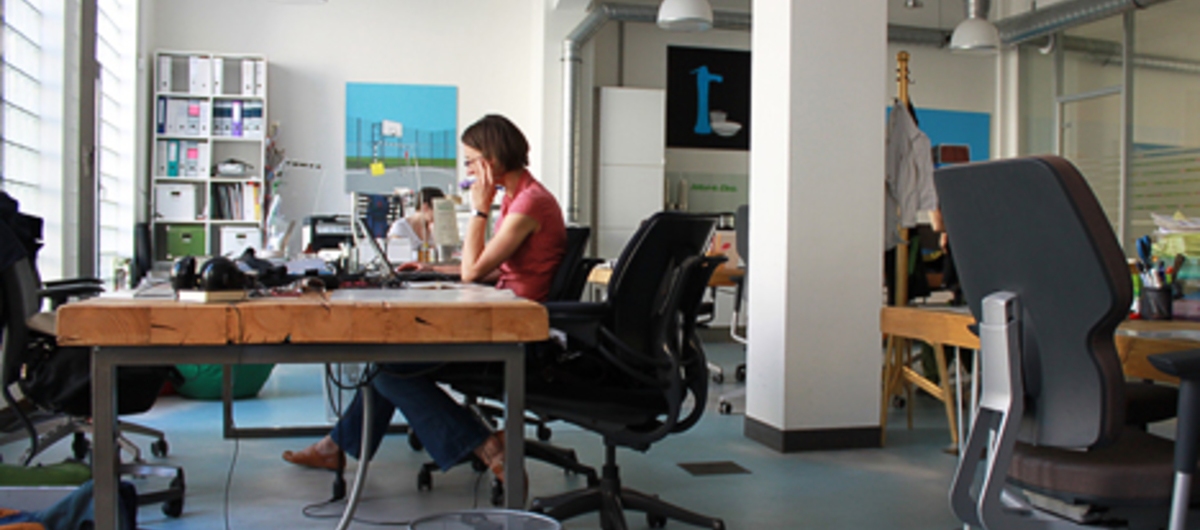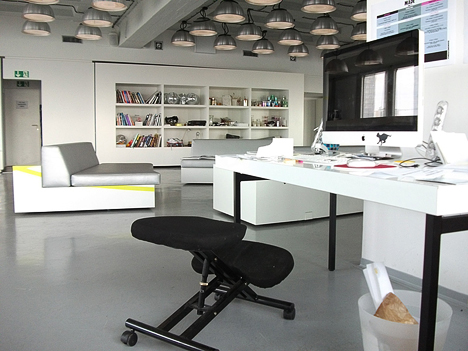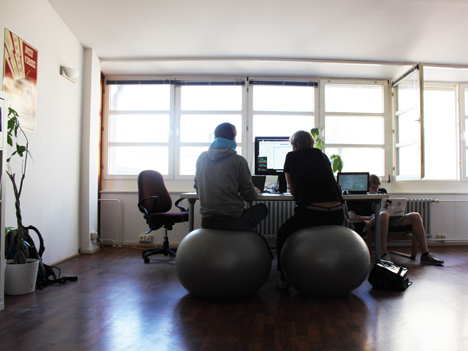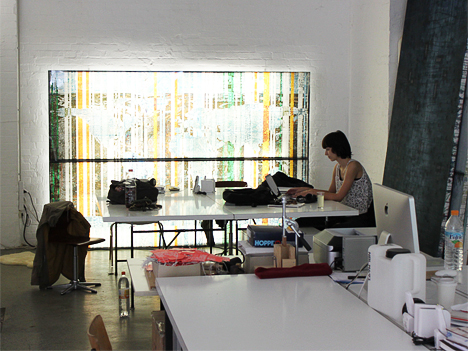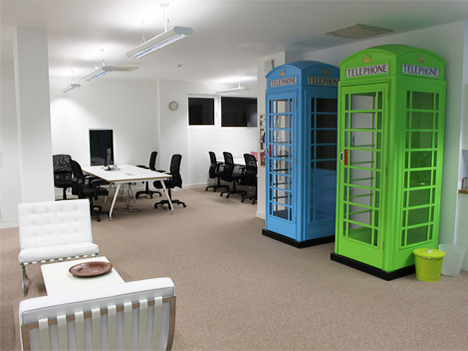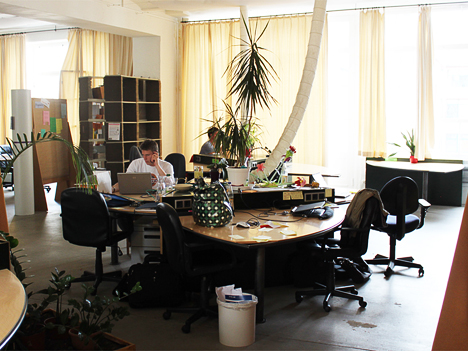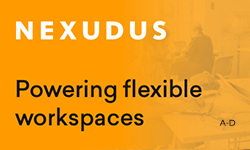Chairs
Many coworking spaces are built on a coffee house atmosphere. But they don't work exactly like coffee houses. Café-style chairs are a particular problem at some coworking spaces, if they are used for more than events and short meetings. After spending eight hours a day on a wooden or plastic chair, you start to feel the difference.
Suitable chairs seem to fit into three categories. They are either stylish, cheap but uncomfortable; cheap and comfortable, but ugly and office-style; or a touch more expensive when handsome, ergonomic, adjustable and enjoyable at the same time.
Those start-up spaces that don’t have cash for expensive chairs could simply provide cushions for hard wooden seats. Or they could drop the rental price a little and ask workers to bring in their own chairs. Ergonomic seats aren’t as expensive as you might think, and the backsides of your coworkers will thank you for it.
And for coworkers stuck with hard seats, here’s a tip: a soft laptop case can provide temporary relief.
Desks
Coworker usually work on a laptop. Nevertheless, the size of their desks should not be based on the size of their computers – instead, a desk needs to fit the person behind it. These usually come with two arms, two legs and a body that measures between 1.70 and 1.90 meters.
They like to stretch their legs out, and be able to swivel around on their seat. And if there’s a bit of extra desk room to place some books and papers, they’re more likely to stay longer.
Noise
Collaborative and vibrant workplaces are great. But you do not always want to discuss everything on the phone or over Skype out loud in public. Some coworking spaces have an outdoor area workers where workers can step out to take a call. That’s no good in winter. Others have a meeting room where you can talk, provided there’s no meeting going on.
What if no other suitable space is available? Many coworkers simply talk at their desk, sometimes using headphones to block at least one half of the conversation. However, the Global Coworking Survey revealed that background noise, along with the lack of other usable spaces, is one of the biggest annoyances.
One simple and easy solution we’ve noticed is the old fashioned phone box. Several coworking spaces have installed phone booths – either genuine recycled public boxes, or self-made varieties. They often come with shelves for laptops and facilities to make Skype and mobile phone chats more convenient. They don’t look too bad, either.
Light
Which kind of light would you prefer to work: sunlight, or hospital light? Unlike traditional employees, coworkers can choose for themselves what kind of environment they operate in. And light is a big factor.
While sitting in direct sunlight isn’t always advisable, a bright room that maximises natural light is the best for worker attitude. It also encourages coworkers to remain loyal to a space. And it has been scientifically proven that good light helps workers become more productive and retain more information.
If your location doesn’t have good natural light, there are a few things you can do to improve the space anyway. Large backlit images help, as do small spot lamps on the desks. In winter, you can install special (and not expensive) lamps that help to improve your mood.
Instead of partitioning your space with solid walls, think about making them semi-transparent, or leaving a foot or two of glass between the walls and the roof to allow light to flow between rooms. Mirrors also help to maximize light.
Power outlets
Without a large number of power outlets, a coworking space doesn’t work. It’s not just the quantity, but also the location. Nobody wants to have to crawl under their desk every day to plug in their laptop, nor trip over extension cords. The most convenient electrical outlets are at the height of a laptop.
Simply plugging in multiple-point power boards is not enough – and it might be very unsafe. Electrical fires can easily start if you overload a single power outlet with too many devices. Daisy-chaining many extension cords and power boards around a room could be a recipe for disaster.
Care
It’s not common, but some coworking space operators forget to take care of their members. Some coworkers hardly see the management team of their space, except when they close up or clean. If a coworking space is only about renting desks and cleaning them, we wish them all the best with this business model.
Perhaps a community could develop organically, without the help of the space operator. But in case of problems, their collective anger can vent on the space operators. Perhaps a coworking space could simply be a location where tourists drop in for occasional use. Perhaps such a space would be better off calling itself a ‘business center’. Of course, such things already exist. What’s needed is a space where a community is fostered, through personal interaction and planned events.
It’s not necessary to have a 24-hour reception. But it’s nice if the space operators are available for coworkers, without knocking on doors. It’s also not necessary to give massages to members, but a listening ear is helpful.
Many space operators work alongside their coworkers, and help to build their communities. In such a space, the operators stand to benefit as much as their members. An alternative is also to hire a community manager who is an equal part of the community.



